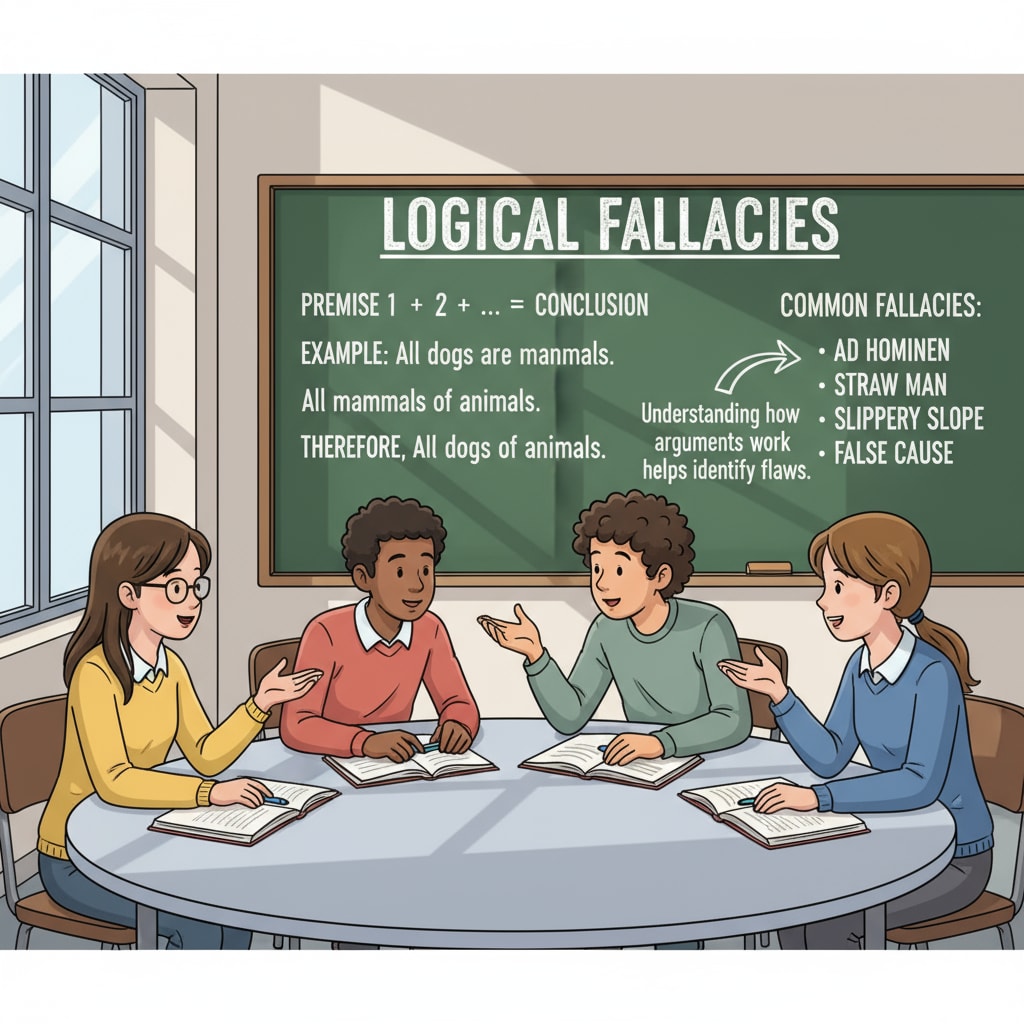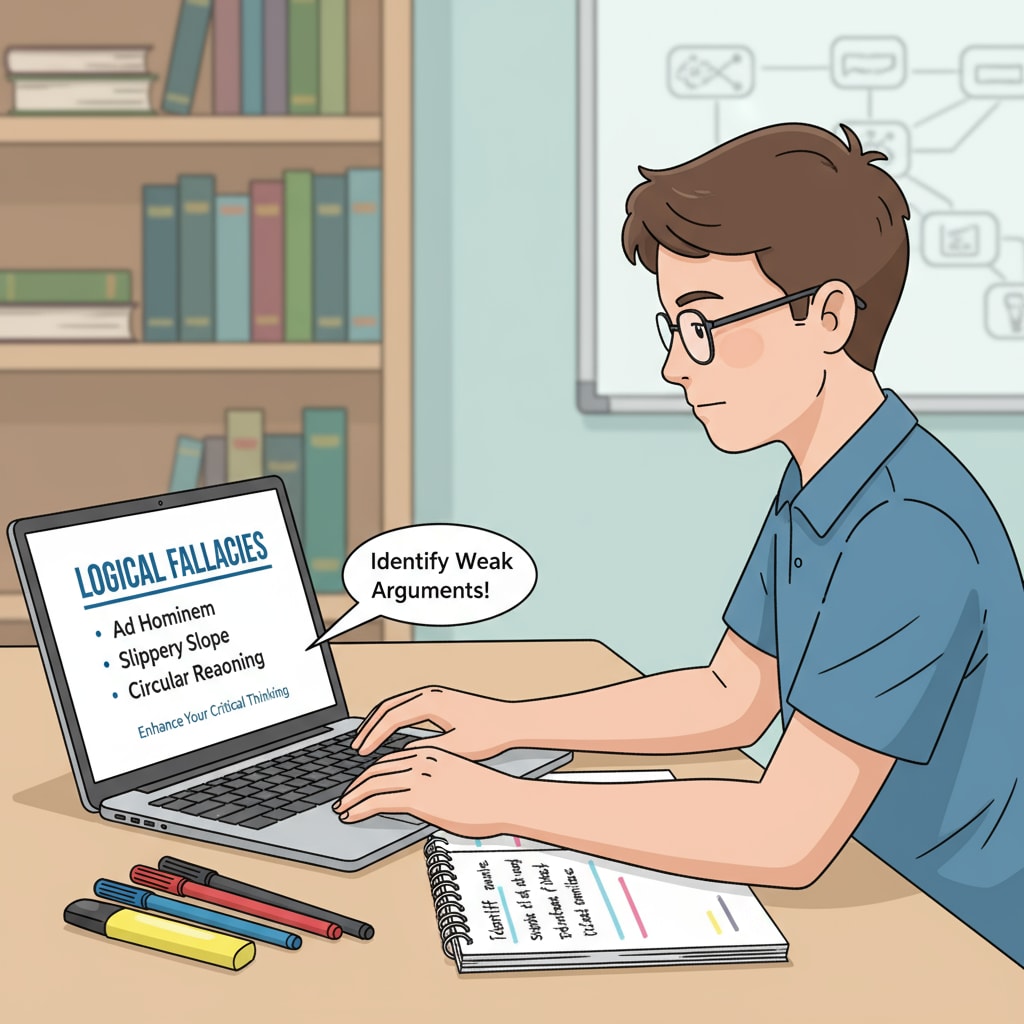In the age of information explosion, the concepts of logical fallacies, critical thinking, and educational reform have become particularly relevant, especially when considering the inclusion of logic fallacy courses in high school education. High school students today are constantly bombarded with an overwhelming amount of information, opinions, and arguments from various sources such as social media, news outlets, and online forums. However, they often lack the necessary skills to analyze and evaluate these inputs critically. This is where the introduction of logic fallacy education comes into play.

The Prevalence of Logical Fallacies in the Information Age
In the digital age, misinformation spreads like wildfire. Logical fallacies are everywhere, clouding people’s judgment. For example, false cause fallacies (assuming one event caused another just because they occurred sequentially) are commonly used in advertising to make consumers believe a product has magical effects. According to Wikipedia’s page on logical fallacies, there are numerous types of fallacies that people encounter daily. High school students, being frequent users of digital platforms, are highly exposed to such fallacies. This exposure can lead to them accepting false ideas as truth, which is a major concern.
The Link Between Logical Fallacy Education and Critical Thinking
Teaching students about logical fallacies is an effective way to enhance their critical thinking skills. When students learn to identify fallacies, they become more discerning thinkers. For instance, if they are taught about the ad hominem fallacy (attacking the person instead of the argument), they can recognize when someone is trying to divert attention from the real issue. As stated on Britannica’s page on critical thinking, critical thinking involves analyzing, evaluating, and forming judgments. By understanding logical fallacies, students are better equipped to analyze arguments, question assumptions, and form well-reasoned opinions.

Furthermore, logical fallacy education encourages students to think independently. Instead of blindly accepting what they see or hear, they start to question the validity of statements. This independence of thought is crucial for their personal growth and development.
Readability guidance: The above content uses short paragraphs to present ideas clearly. For example, in the first part, it quickly points out the problem of students being exposed to logical fallacies in the information age. The second part then smoothly transitions to explain the connection between fallacy education and critical thinking, with each paragraph focusing on a key aspect. Transition words like ‘however’ and ‘for example’ are used to enhance readability.


